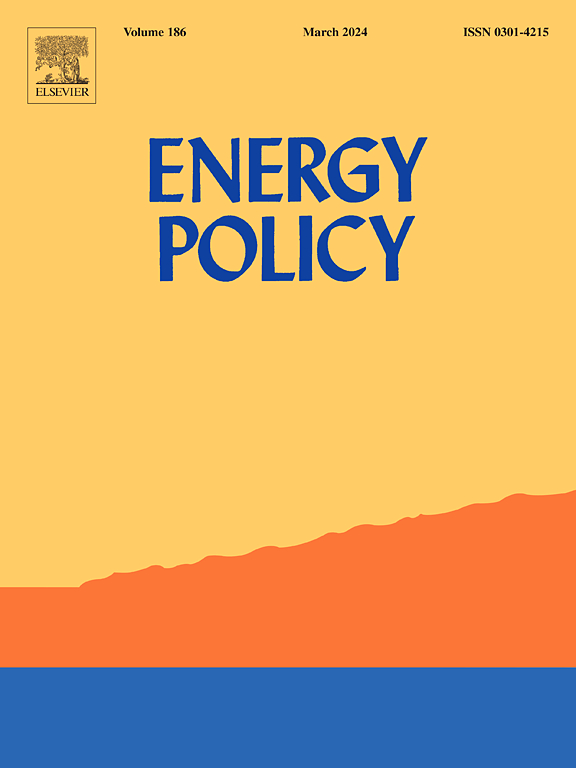From fragmentation to integration: Gas market convergence in Central and Eastern Europe in the aftermath of the EU energy crisis
IF 9.2
2区 经济学
Q1 ECONOMICS
引用次数: 0
Abstract
The 2022 energy crisis exposed deep structural vulnerabilities in the European gas market, particularly in Central and Eastern Europe (CEE), a region historically dependent on Russian gas and lacking fully liberalized markets. This study provides the first comprehensive empirical assessment of the integration of the gas spot market in nine CEE countries from 2021 to 2024, employing Granger causality, Johansen cointegration, vector error correction models (VECM), impulse response functions, and forecast error variance decomposition. The results reveal an increase in regional price convergence, driven by expanded infrastructure, flexible trading mechanisms, and policy interventions such as the Ukrainian short-haul transit service and the EU's REPowerEU plan. However, integration and market cohesion remain uneven. Countries like Germany, Poland, and Czechia function as central price-setters, while others, notably Romania and Bulgaria, exhibit greater exposure to shocks. Infrastructure projects such as the GIPL interconnector and new liquefied natural gas (LNG) terminals significantly reduce price imbalances, but events like Germany's cross-border transport levy (GSU) introduce persistent distortions. This paper highlights progress and persistent asymmetries in the CEE gas market integration, offering insider policy recommendations. It demonstrates the need for coordinated policy action, harmonized regulation, and continued investment in interconnectors and storage to ensure resilient and interconnected gas markets throughout the EU.
从分散到整合:欧盟能源危机后中欧和东欧天然气市场趋同
2022年的能源危机暴露了欧洲天然气市场的深层次结构性脆弱性,特别是在中欧和东欧(CEE),这是一个历史上依赖俄罗斯天然气且缺乏完全自由化市场的地区。本文采用格兰杰因果关系、约翰森协整、向量误差修正模型(VECM)、脉冲响应函数和预测误差方差分解等方法,首次对2021 - 2024年9个中东欧国家天然气现货市场整合进行了全面的实证评估。结果显示,受基础设施扩大、灵活的贸易机制以及乌克兰短途运输服务和欧盟REPowerEU计划等政策干预的推动,区域价格趋同程度有所提高。然而,一体化和市场凝聚力仍然不平衡。德国、波兰和捷克等国家是中央价格制定者,而其他国家,尤其是罗马尼亚和保加利亚,则更容易受到冲击。像GIPL互连和新的液化天然气(LNG)终端这样的基础设施项目显著地减少了价格失衡,但像德国跨境运输税(GSU)这样的事件带来了持续的扭曲。本文强调了中东欧天然气市场整合的进展和持续的不对称,并提供了内部政策建议。它表明需要协调政策行动,协调监管,并继续投资于互联和存储,以确保整个欧盟的弹性和互联天然气市场。
本文章由计算机程序翻译,如有差异,请以英文原文为准。
求助全文
约1分钟内获得全文
求助全文
来源期刊

Energy Policy
管理科学-环境科学
CiteScore
17.30
自引率
5.60%
发文量
540
审稿时长
7.9 months
期刊介绍:
Energy policy is the manner in which a given entity (often governmental) has decided to address issues of energy development including energy conversion, distribution and use as well as reduction of greenhouse gas emissions in order to contribute to climate change mitigation. The attributes of energy policy may include legislation, international treaties, incentives to investment, guidelines for energy conservation, taxation and other public policy techniques.
Energy policy is closely related to climate change policy because totalled worldwide the energy sector emits more greenhouse gas than other sectors.
 求助内容:
求助内容: 应助结果提醒方式:
应助结果提醒方式:


